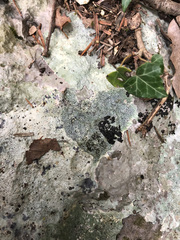Gomphidiaceae

The Gomphidiaceae family is a fascinating group of fungi prevalent in the Comunidad Valenciana, known for its unique characteristics and ecological importance. Members of this family are typically found in coniferous forests, often forming mycorrhizal relationships with tree roots.
Characteristics of Gomphidiaceae:
- Appearance: Gomphidiaceae fungi generally have a distinct, robust appearance, with large, fleshy caps and thick, sturdy stems. The cap can be convex or flattened, often with a greasy or slimy texture when wet.
- Gills: The gills of these mushrooms are decurrent, meaning they extend down the stalk, and are typically well-spaced and thick. They can range in color from white to grayish or black.
- Spores: The spore print of Gomphidiaceae fungi is usually black or brownish-black, aiding in their identification.
- Edibility: Some species within this family are considered edible, while others may be toxic or cause gastrointestinal distress. It's essential to properly identify them before consumption.
In the Comunidad Valenciana, the family Gomphidiaceae contributes to the biodiversity of forest ecosystems, playing a role in nutrient cycling and supporting forest health. Enthusiasts and scholars studying local fungi may encounter various species of this family, each possessing unique traits and ecological roles.






